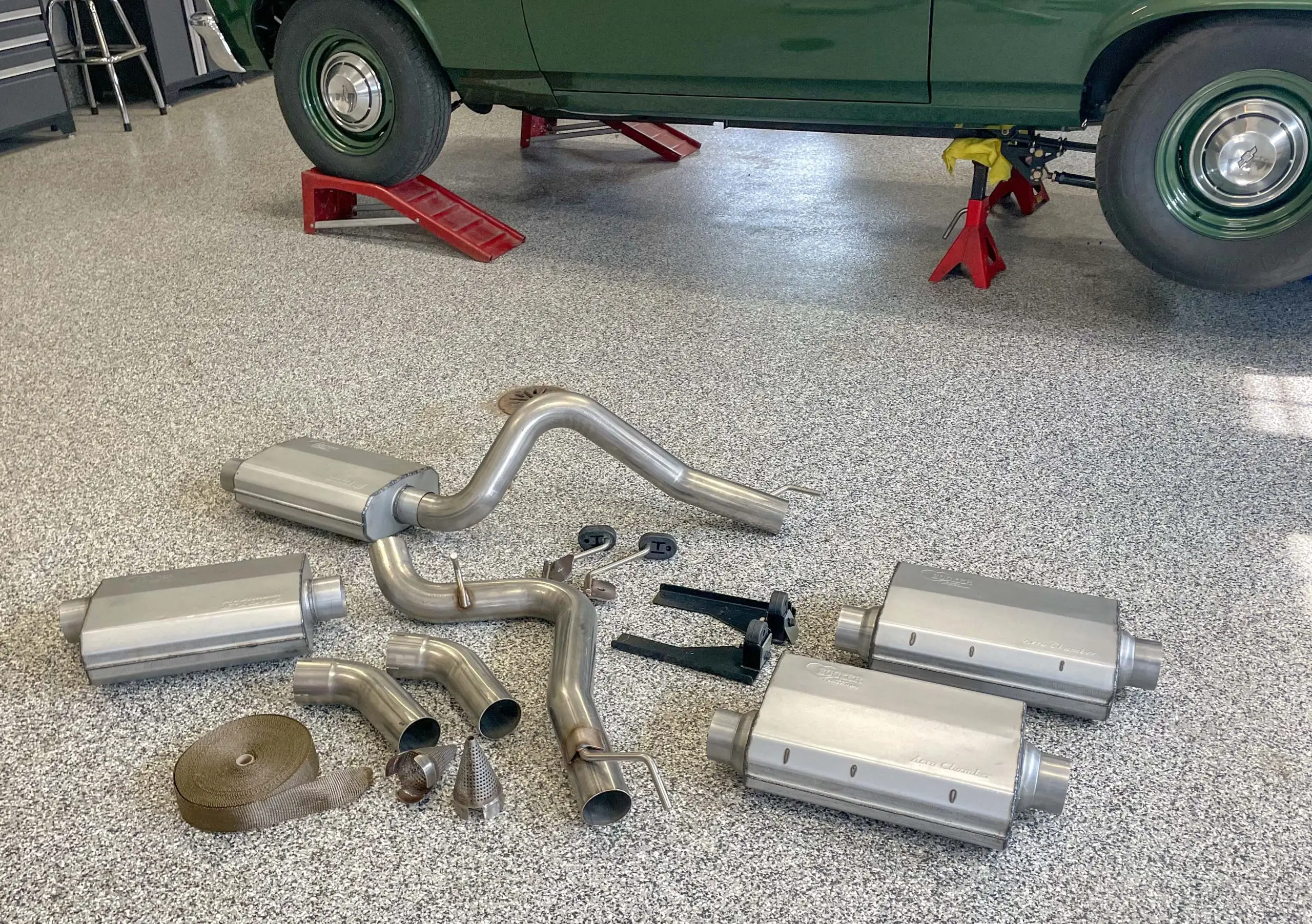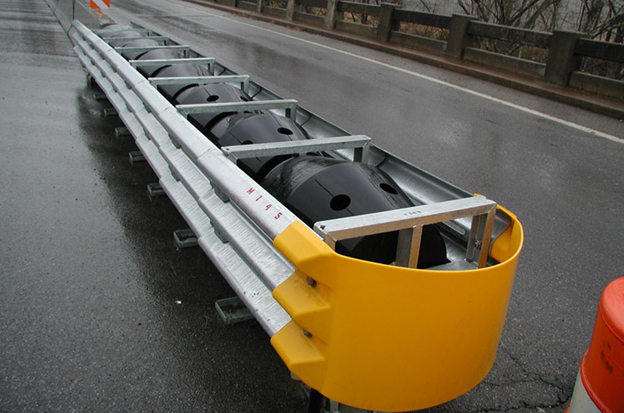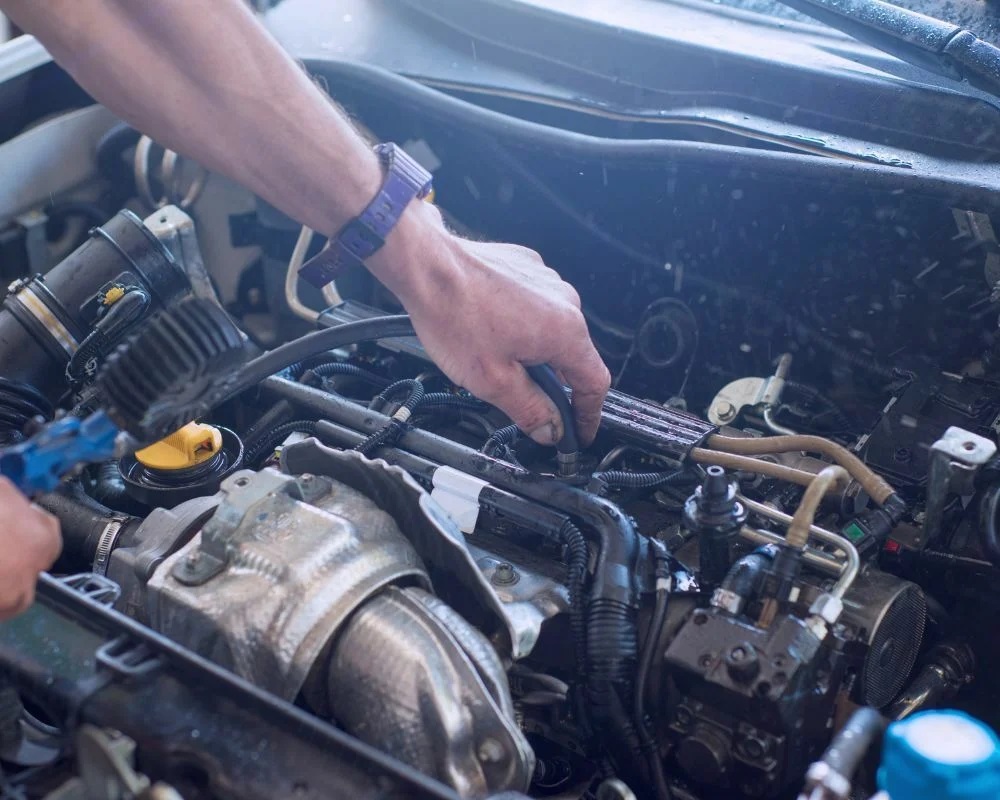When your car starts making a racket, or you hear a distinct rumble from underneath, what’s the first thing that comes to mind? For many, it’s the “muffler.” And while a noisy muffler is certainly a common culprit, it’s just one piece of a much larger, more complex puzzle: your car’s exhaust system.
At our muffler shop in Waterloo, we often hear customers use “muffler” and “exhaust” interchangeably. While easily confused, these terms refer to distinct components with very different roles. Understanding the difference isn’t just automotive trivia; it’s crucial for diagnosing problems, understanding repairs, and ensuring your vehicle runs safely and efficiently. Let’s clear up the confusion and dive into the world beneath your car!
What is the Exhaust System?
Think of your car’s exhaust system as its respiratory tract. Its primary job is to safely and efficiently channel harmful exhaust gases away from your engine and out from under your vehicle. These gases, a byproduct of the combustion process, include toxic substances like carbon monoxide and nitrogen oxides, which are dangerous if allowed to accumulate in the passenger cabin. Beyond safety, a well-functioning exhaust system also plays a vital role in optimizing engine performance by allowing gases to exit freely, and significantly reducing environmental pollution.
This intricate system is a network of components working in harmony:
Exhaust Manifold:
This is where the journey begins, collecting gases directly from your engine’s cylinders.
Oxygen Sensors:
These intelligent sensors monitor oxygen levels in the exhaust stream, providing crucial data to your car’s computer to ensure the optimal fuel-air mixture for combustion.
Catalytic Converter:
A true unsung hero, this device converts harmful pollutants (like carbon monoxide, hydrocarbons, and nitrogen oxides) into less dangerous substances (like carbon dioxide, water vapor, and nitrogen) before they exit into the atmosphere.
Resonator (Optional but common):
Often found upstream from the muffler, a resonator is designed to cancel out certain sound frequencies, further refining the exhaust note before it reaches the muffler.
Piping:
A series of interconnected pipes that serve as the conduit for all these gases, linking each component from the engine to the tailpipe.
Muffler:
The sound-dampening component we’ll discuss in detail next.
Tailpipe:
The final section of pipe that directs the treated exhaust gases out from the vehicle, typically at the rear.
In essence, the exhaust system is a comprehensive waste management and emission control system for your vehicle.
What is a Muffler?
Now, let’s zoom in on the star of the show when it comes to noise: the muffler. Unlike the entire exhaust system, the muffler is a single component located within that system. Its sole, but incredibly important, purpose is to muffle – or significantly reduce – the incredibly loud noise produced by the engine’s combustion. Without a muffler, your car would sound like a race car… or perhaps more accurately, a loud tractor!
Mufflers achieve this impressive feat by forcing exhaust gases through a series of chambers, baffles, and sometimes sound-absorbing materials. As the sound waves travel through these complex pathways, they bounce around, interfere with each other, and lose energy, resulting in a much quieter exit from the tailpipe.
A functioning muffler isn’t just about peace and quiet; it’s also about legality. Most jurisdictions, including those around Waterloo, have noise ordinances for vehicles. A damaged muffler can lead to fines and, more importantly, an unpleasant driving experience. If you hear excessive noise from the rear of your car, it’s often a sign you need to visit a muffler shop.
The Key Differences Summarized
To quickly clarify, here’s a direct comparison:
| Feature | Exhaust System | Muffler |
| Scope | The entire system of interconnected pipes and components under your car | A single, distinct component within the system |
| Primary Role | Directs harmful gases away, reduces emissions, helps engine performance | Primarily reduces engine noise |
| Components | Manifold, O2 sensors, catalytic converter, pipes, muffler, resonator, tailpipe | Internal baffles, chambers, sound-absorbing materials |
| Function if Damaged | Leads to emissions issues, poor performance, loud noise, fumes inside cabin | Primarily results in excessively loud noise |
Simply put, the muffler is a specialized noise-canceling device that is an integral part of the broader exhaust system.
When to Suspect a Problem
Your car often tells you when something’s amiss, especially with the exhaust system. Here are some signs that indicate it’s time for a check-up at your trusted mechanic or muffler shop:
Excessive Noise:
This is the most common indicator. If your car suddenly sounds much louder, or you hear a persistent rumbling, hissing, or roaring sound. A particularly loud boom from the rear often points directly to a muffler issue.
Vibrations:
Feeling unusual vibrations in your steering wheel, floorboards, or pedals can signify a loose or damaged exhaust component.
Reduced Fuel Efficiency:
A compromised exhaust system can negatively impact engine performance and lead to you spending more at the pump.
Strong Exhaust Smell:
If you notice a strong, unusual smell, especially within the cabin, it could indicate a leak in the exhaust system allowing fumes to enter. This is a serious safety concern!
Check Engine Light:
The “Check Engine” light on your dashboard can illuminate for various reasons, but exhaust system issues (like a faulty oxygen sensor or catalytic converter) are common culprits.
Visible Damage:
See rust, cracks, holes, or components hanging low underneath your car? Don’t ignore it! This is a clear sign that you need immediate attention from a professional muffler shop.
Maintenance Tips and When to See a Professional
Regular vehicle inspections are key to catching exhaust issues before they become major problems. During your routine oil changes at our shop we always perform a visual check of your exhaust system for signs of wear, rust, or damage.
If you ever notice any of the warning signs mentioned above, don’t delay. While a loud muffler might just be annoying, other exhaust system issues, particularly those affecting the catalytic converter or leading to exhaust leaks, can compromise your vehicle’s performance, pollute the environment, and even pose a health risk due to carbon monoxide exposure.
Understanding the difference between your muffler and your entire exhaust system empowers you as a car owner. While the muffler plays a crucial role in keeping your ride quiet, it’s just one part of a vital system that controls emissions, enhances performance, and ensures your safety.
If you’re hearing unusual noises, smelling strange fumes, or suspect any exhaust system issues, don’t hesitate to visit your local muffler shop. An experienced technician is an expert in diagnosing and repairing all components of your exhaust system, from the manifold to the tailpipe.





